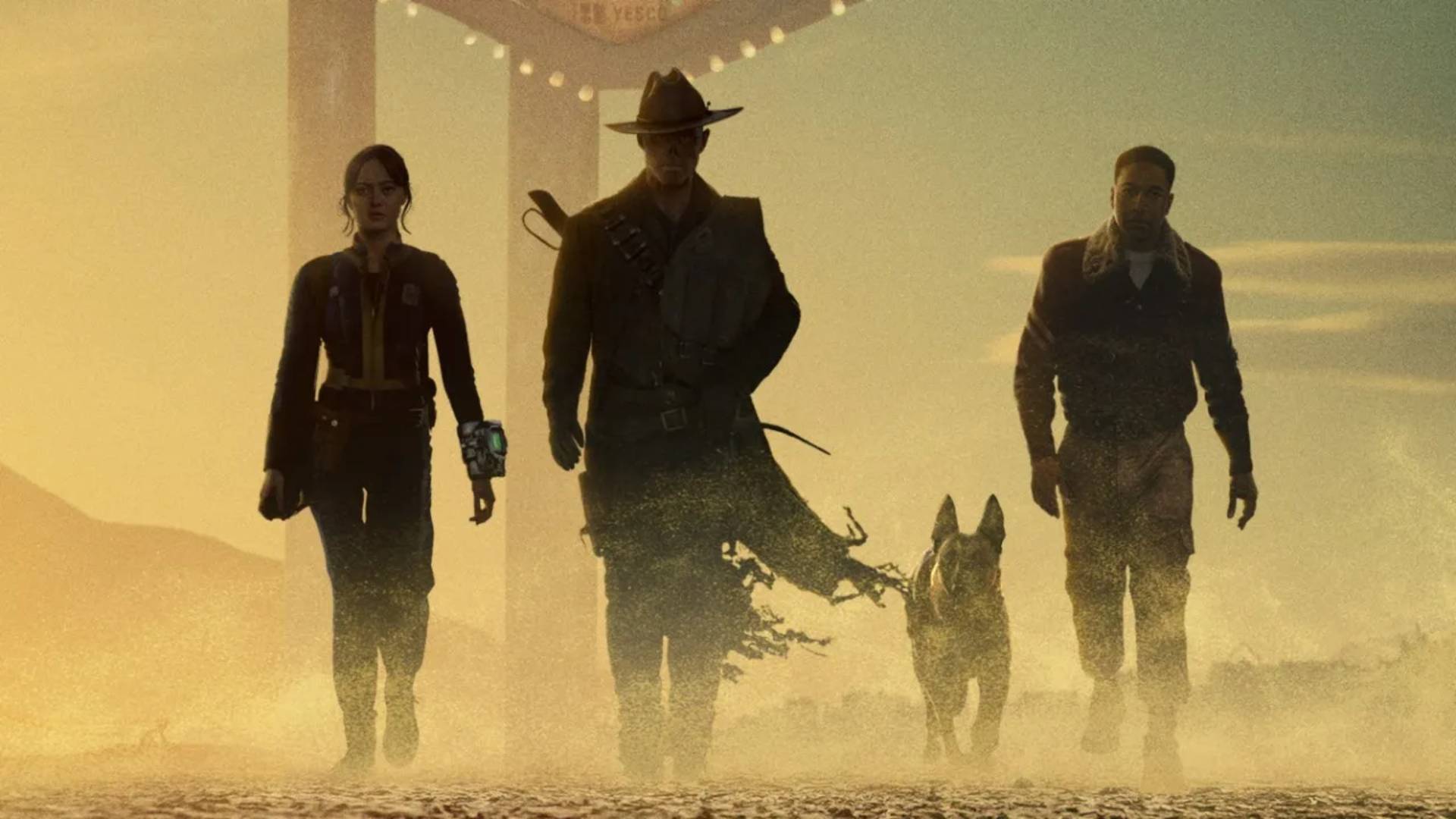Rocket Lab aims to recover Electron booster on upcoming flight

Rocket Lab is gearing up to take a big step toward rocket reusability.
The California-based company plans to recover and inspect the first stage of its two-stage Electron booster during a mission later this year, Rocket Lab founder and CEO Peter Beck said earlier this month.
Rocket Lab has earmarked Electron's 17th launch for this milestone, which isn't too far off. The most recent Electron launch, dubbed "Pics Or It Didn't Happen," was the booster's 13th mission.
Related: Rocket Lab and its Electron booster (photos)
"Pics Or It Didn't Happen," which lifted off on July 4, failed after the Electron suffered an electrical-connection anomaly in its second stage. Rocket Lab finished its investigation into the failure and is on target to resume Electron launches later this month, company representatives said on July 31.
Rocket Lab aims to greatly increase small satellites' access to space with the 57-foot-tall (17 meters) Electron, which had notched 11 straight successful flights before "Pics Or It Didn't Happen." Making the Electron's first stage reusable would aid that vision significantly, allowing the company to launch more frequently, Beck has said.
The Electron is too small for engine-aided powered landings, such as those routinely made by returning SpaceX Falcon 9 first stages, to be a feasible option, Beck has said; the booster cannot carry enough fuel to have the requisite amount left over for the touchdown process. So, Rocket Lab will guide Electron first stages back to Earth under parachutes, then pluck the falling hardware out of the sky with a helicopter.
Breaking space news, the latest updates on rocket launches, skywatching events and more!
Guided re-entry still requires some leftover fuel, which in turn demands extra engine power. But Rocket Lab just gave the Electron the required boost, via advances in the batteries that power electric pumps in the rocket's Rutherford engines. This improvement increases Electron's payload capacity to low-Earth orbit from 500 lbs. (225 kilograms) to 660 lbs. (300 kg), making possible not only rocket recovery but also Electron missions to Venus and other distant destinations, Beck said on Aug. 5 during a company update and Q&A session that was livestreamed on YouTube.
Spot the odd one out. S1 recovery booster. pic.twitter.com/Dl3fAGZBdeAugust 6, 2020
The company has made considerable progress on its overall recovery plan. For example, Rocket Lab successfully guided Electron first stages back toward Earth on missions 10 and 11, in December 2019 and January of this year. The company also demonstrated the helicopter-snagging strategy during a drop test this past March.
Flight 17 won't involve any plucking; the booster will come down for a guided re-entry through Earth's atmosphere and deploy its parachutes, but it will be allowed to splash down, Beck said during the Aug. 5 event.
"We'll fish it out of the ocean, bring it back, put it in the factory and then we'll really see what we've got. That will determine how much work we've got ahead of us," Beck said, referring to the refurbishment and reflight process. "To date, the telemetry would say that we've got a pretty healthy stage, but that's where the rubber meets the road."
Mike Wall is the author of "Out There" (Grand Central Publishing, 2018; illustrated by Karl Tate), a book about the search for alien life. Follow him on Twitter @michaeldwall. Follow us on Twitter @Spacedotcom or Facebook.

Michael Wall is a Senior Space Writer with Space.com and joined the team in 2010. He primarily covers exoplanets, spaceflight and military space, but has been known to dabble in the space art beat. His book about the search for alien life, "Out There," was published on Nov. 13, 2018. Before becoming a science writer, Michael worked as a herpetologist and wildlife biologist. He has a Ph.D. in evolutionary biology from the University of Sydney, Australia, a bachelor's degree from the University of Arizona, and a graduate certificate in science writing from the University of California, Santa Cruz. To find out what his latest project is, you can follow Michael on Twitter.
